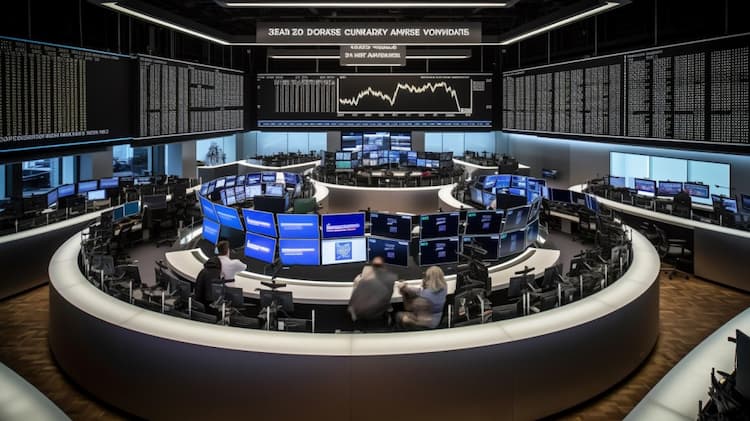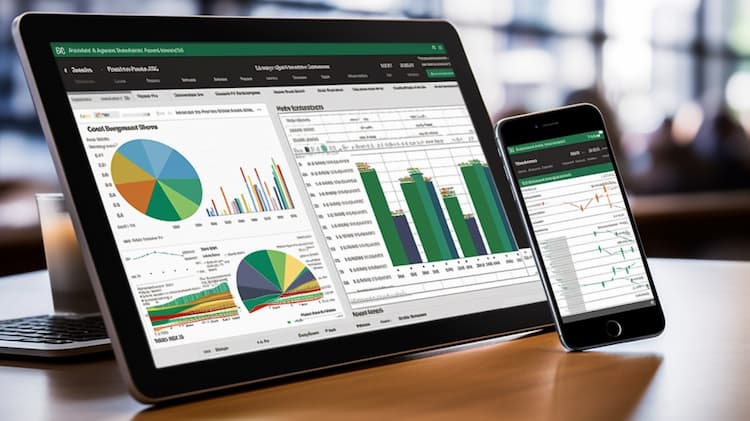
What are the rIsks associated with investing in XLE?
Investing in Exchange-Traded Funds (ETFs) has become increasingly popular among both individual and institutional investors. ETFs offer a convenient and cost-effective way to gain exposure to various financial instruments, including XLE, an ETF that tracks the performance of the Energy Select Sector Index. While investing in XLE can potentially offer attractive returns, it's important to be aware of the associated risks. In this article, we will explore some of the risks investors may face when investing in XLE.
XLE: Market Volatility and Energy Sector Performance
One of the primary risks associated with investing in XLE is market volatility and the performance of the energy sector. The value of XLE is directly influenced by the performance of the companies included in the Energy Select Sector Index. Energy markets can be highly volatile, driven by factors such as geopolitical events, changes in oil prices, and regulatory decisions. Therefore, investors in XLE should be prepared for potential fluctuations in the value of their investment.
To understand the current market conditions and energy sector performance, it's crucial to gather insights from reliable sources. Websites like Bloomberg and CNBC provide up-to-date news, analysis, and market data on the energy sector. Monitoring these sources can help investors stay informed about the latest developments and make more informed investment decisions.
XLE: Concentration Risk
Another risk associated with investing in XLE is concentration risk. XLE primarily focuses on the energy sector, which means that its performance is heavily influenced by a limited number of companies within that sector. If a few key companies in the energy sector experience financial difficulties or face regulatory challenges, it can significantly impact the overall performance of XLE. Investors should be aware of this concentration risk and consider diversifying their portfolio to mitigate potential losses.
To gain insights into portfolio diversification strategies and risk management techniques, investors can refer to reputable financial institutions such as Vanguard or BlackRock .These institutions provide comprehensive information on portfolio construction and risk mitigation strategies, helping investors make well-informed decisions to protect their investments.
 XLE overlap What are the rIsks associated with investing in XLE?
XLE overlap What are the rIsks associated with investing in XLE?
XLE: Liquidity Risk
Liquidity risk is another factor investors should consider when investing in XLE. Liquidity refers to the ability to buy or sell an investment quickly without significantly impacting its price. If XLE or the underlying securities in its portfolio have low trading volumes, it may become challenging for investors to buy or sell shares at desirable prices, especially during volatile market conditions. This lack of liquidity can result in wider bid-ask spreads and potential slippage, impacting the overall returns for investors.
To assess the liquidity of XLE and its underlying securities, investors can consult financial websites such as Yahoo Finance (finance.yahoo.com) or ETF.com (www.ETF.com). These platforms provide detailed information on trading volumes, average spreads, and other liquidity metrics for ETFs, helping investors evaluate the potential liquidity risks associated with their investments.
XLE: Regulatory and Political Risks
Investors in XLE should also consider regulatory and political risks that may impact the energy sector. Changes in government policies, regulations, or environmental standards can significantly affect the performance and profitability of energy companies. Additionally, geopolitical tensions or conflicts can disrupt energy markets and result in increased volatility. It is important for investors to stay updated on regulatory and political developments that may affect the energy sector and, consequently, XLE.
To stay informed about regulatory and political risks, investors can refer to the websites of regulatory authorities such as the U.S. Securities and Exchange Commission and industry associations like the American Petroleum Institute. These sources provide valuable information on regulatory changes, industry standards, and political developments that can impact the energy sector.
Investing in XLE can provide exposure to the energy sector and potentially generate attractive returns. However, it's essential to consider the risks associated with this investment. Market volatility, concentration risk, liquidity risk, and regulatory/political risks are factors that investors should carefully evaluate before investing in XLE or any ETF. By staying informed through reliable sources, diversifying their portfolios, and understanding the potential risks, investors can make more informed decisions and manage their investment portfolios effectively. Remember to consult with a qualified financial advisor for personalized advice tailored to your specific investment goals and risk tolerance.
Disclaimer: This article is for informational purposes only and does not provide any investment advisory services. Investors should conduct thorough research and consult with a qualified financial advisor before making any investment decisions.
Source 1: XLE issuer website
Source 2: Reuters article about XLE
XLE quote and analysis
Discover the top holdings, correlations, and overlaps of ETFs using our visualization tool.
Our app allows you to build and track your portfolio.
To learn more about the XLE Energy Select Sector SPDR Fund, access our dedicated page now.
FAQ
What is XLE stock?
XLE is not a stock itself, but the ticker symbol for the Energy Select Sector SPDR Fund. It is an exchange-traded fund (ETF) that represents the energy sector and provides investors with exposure to a diversified portfolio of energy-related stocks.
Does XLE stock pay dividends?
Yes, XLE stock pays dividends. As an ETF representing the energy sector, it receives dividend payments from the underlying stocks held in its portfolio, and a portion of those payments is passed on to investors as dividends.
How to buy XLE stock?
To buy XLE stock, you can open an account with a brokerage firm that offers access to ETFs. Once your account is set up, you can purchase shares of XLE through the stock market by placing an order with the stock's ticker symbol.
What stocks are in the XLE?
The XLE ETF holds a diversified portfolio of energy-related stocks. The specific stocks included in XLE can change over time based on the composition of the underlying index and the fund manager's investment strategy. It typically includes companies from various energy sectors, such as oil, gas, refining, and energy equipment and services.
Are there any alternatives to XLE for investing in the energy sector?
Yes, there are alternative ETFs and investment options available for investing in the energy sector. Some examples include other sector-specific energy ETFs, mutual funds that focus on energy companies, or investing in individual energy stocks. It is recommended to compare the features, costs, and performance of different investment options and consider individual investment goals before making a decision.



